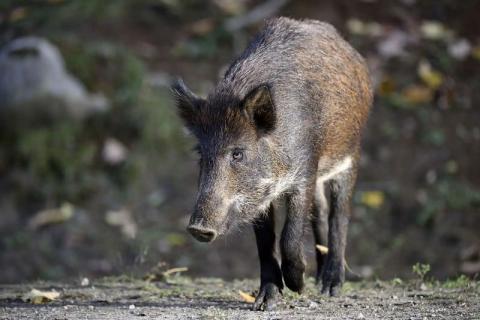This is the key finding of a scientific study in which our colleague Marie Soret participated, and whose results have just been published in the journal PLOS One (*).
Have you heard of African swine fever? It is considered one of the most devastating diseases for domestic pig and wild boar populations.
Since 2022, the virus has been spreading in northern Italy, particularly among wild boar populations, posing a serious threat to pig farms.
To improve surveillance and control measures, a team of European researchers has developed a method to predict the probable geographic spread of the epidemic at a very fine scale.
They first used species distribution models (SDMs) to map the most favorable habitats for wild boars across northern Italy.
This type of statistical model predicts the presence or absence of a species at any point in a given territory based on various available data, such as field observations or environmental parameters (topography, weather, land use, human activities, etc.).
The study’s authors then analyzed landscape connectivity (one of the thesis topics of our colleague Marie), meaning the ability of the studied species to move within the territory.
From this, they created a map highlighting the areas with the highest probability of wild boar movement—these also represent the most likely pathways for the epidemic’s spread.
This method first confirms that northern Italy is a highly suitable habitat for wild boars and their movement, making it particularly vulnerable to the spread of African swine fever.
More importantly, the maps produced will help better guide epidemic monitoring measures and pig species protection efforts.
This will make it easier to target areas for searching for dead wild boars (to check if they were infected), plan and implement hunting and culling campaigns early and precisely (to reduce populations in uninfected areas), prevent wild boar movements when necessary, using artificial barriers such as fences.
Finally, beyond African swine fever, this method could also be used in the future to combat other epidemics in different geographic areas.
